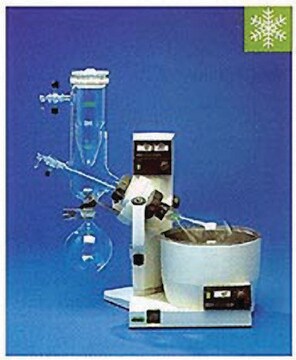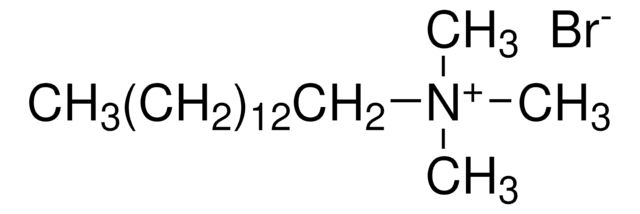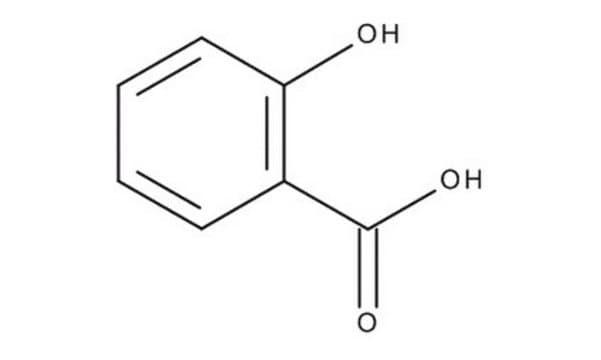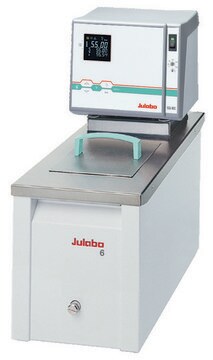ABC1451
Anti-PDGF-D
from rabbit
Sinônimo(s):
Platelet-derived growth factor D, Iris-expressed growth factor, Spinal cord-derived growth factor B, SCDGF-B
About This Item
Produtos recomendados
fonte biológica
rabbit
forma do anticorpo
purified antibody
tipo de produto de anticorpo
primary antibodies
clone
polyclonal
reatividade de espécies
human
reatividade da espécie (prevista por homologia)
rabbit (based on 100% sequence homology)
embalagem
antibody small pack of 25 μg
técnica(s)
western blot: suitable
Isotipo
IgG
nº de adesão NCBI
nº de adesão UniProt
modificação pós-traducional do alvo
unmodified
Informações sobre genes
human ... PDGFD(80310)
Descrição geral
Especificidade
Imunogênio
Aplicação
Western Blotting Analysis: A representative lot detected PDGF-D in PBS exchanged condition media collected from LNCaP cells transfected with PDGF-D expression vector (Courtesy of Hyeong-Reh Choi Kim lab at Wayne State University).
Qualidade
Western Blotting Analysis: 2 µg/mL of this antibody detected PDGF-D in PBS exchanged condition media collected from LNCaP cells transfected with PDGF-D expression vector.
Descrição-alvo
forma física
Outras notas
Não está encontrando o produto certo?
Experimente o nosso Ferramenta de seleção de produtos.
Código de classe de armazenamento
12 - Non Combustible Liquids
Classe de risco de água (WGK)
WGK 2
Certificados de análise (COA)
Busque Certificados de análise (COA) digitando o Número do Lote do produto. Os números de lote e remessa podem ser encontrados no rótulo de um produto após a palavra “Lot” ou “Batch”.
Já possui este produto?
Encontre a documentação dos produtos que você adquiriu recentemente na biblioteca de documentos.
Nossa equipe de cientistas tem experiência em todas as áreas de pesquisa, incluindo Life Sciences, ciência de materiais, síntese química, cromatografia, química analítica e muitas outras.
Entre em contato com a assistência técnica







